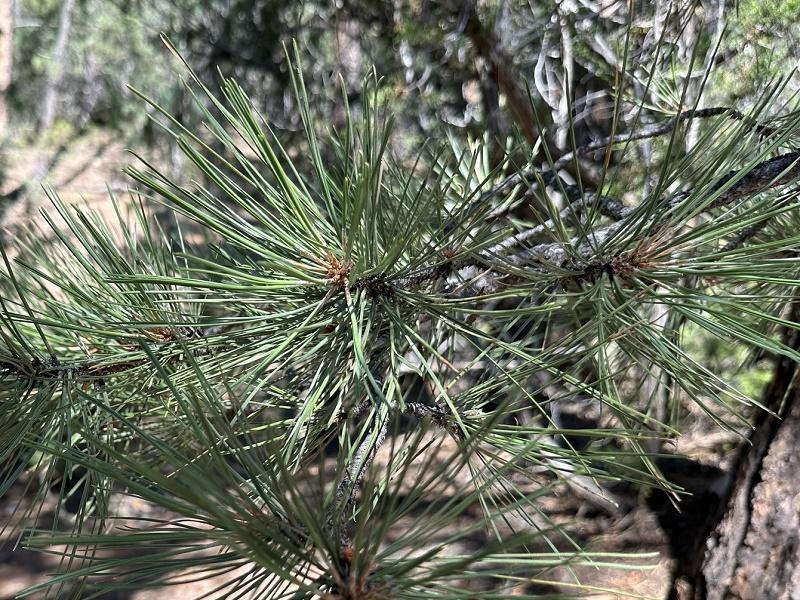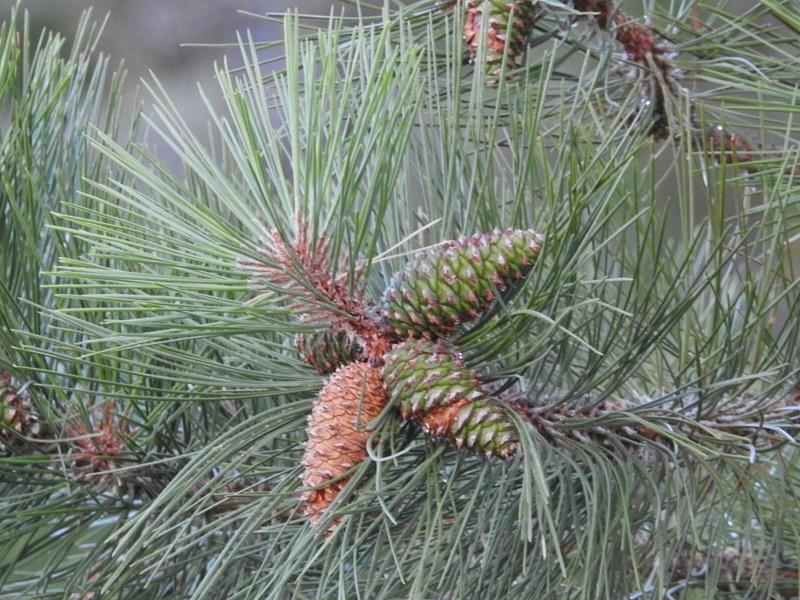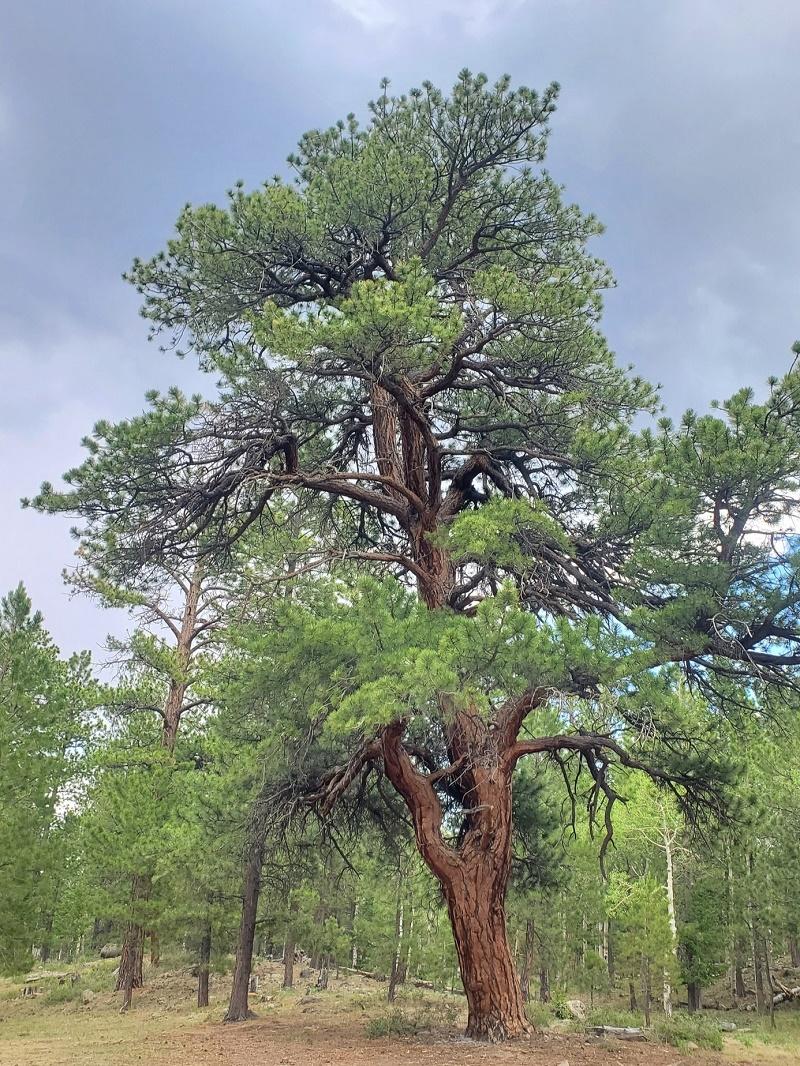Characteristics of Blackjack Pine (Pinus ponderosa)

Blackjack Pine or Western Yellow Pine (Pinus ponderosa) is a species of large coniferous trees that have native habitat in the mountainous regions of western North America. It is one of the most widely distributed pine trees in North America.
Blackjack pine trees were first documented in modern science in 1826 in eastern Washington near Spokane.
At that time, David Douglas misidentified it as Norway Pine (Pinus resinosa). Then, in 1829 Douglas re-concluded that he had a new pine among his specimens and coined a new name, Pinus ponderosa.
In 1836, it was officially named and explained by Charles Lawson, in Scotland. Today the blackjack pine is the official state tree of Montana, USA.
Blackjack pine trees are often cultivated to be ornamental plants in the yard and garden, just like the Japanese Black Pine (Pinus thunbergii).
As far as modern forestry research, it has identified several blackjack pines with different taxa from Pinus ponderosa. Seven of these are called “geographic races” in forestry literature. Botanists have historically treated these geographic races as distinct species, including:
- Pinus ponderosa subsp. brachyptera – Spread includes southern Colorado, southern, northern and central Utah, New Mexico, Arizona, western Texas, and a separate population in northwest Oklahoma.
- Pinus ponderosa subsp. critchfieldiana – Spread includes the west coast of Washington, western Oregon, and California.
- Pinus ponderosa var. pacifica – Spread includes dry mountain slopes in California, southwest Oregon, and Washington. It grows at altitudes ranging from 100 to 2,700 m asl.
- Pinus ponderosa subsp. ponderosa – Spread covers Southeast British Columbia, eastern Washington and eastern Oregon from the Cascade Range, northeastern California at an altitude of 1,200-1,900 m asl, Arizona, northwestern Nevada, Idaho, western Helena, and Montana.
- Pinus ponderosa subsp. readiana – Spread covers southern Dakota and northern Nebraska which borders eastern Colorado.
- Pinus ponderosa var. scopulorum – Spread includes Helena thymus, Montana, northern & southern Dakota, Wyoming, Nebraska, northern Colorado, northern & central Utah, and eastern Nevada.
- Pinus ponderosa var. washoensis – Spread includes northeastern California, Nevada, and Oregon at an altitude of 2,000-3,000 m asl.
Characteristics of Blackjack Pine Leaves

The leaves look like needles with a length of about 18-20 cm and are flexible.
Characteristics of Blackjack Pine Fruit

The fruit is in the form of a cone typical of pine cones in general.
Characteristics of the Blackjack Pine Tree

Blackjack pine is an evergreen conifer tree. The adult tree has leathery, cracked, yellow bark to red between the black cracks. Meanwhile, younger trees have blackish-brown bark.
Like most western pines, blackjack pines are generally associated with mountainous topography. However, blackjack pine trees are also found growing on the banks of the Niobrara River, Nebraska.
The spread of blackjack pine that is scattered occurs in the Willamette Valley of Oregon, which is in the Okanagan Valley and Puget Sound areas in Washington below an altitude of 1,300 m asl.
In the Black Hills of South Dakota, blackjack pine trees cover 1 million hectares or 80%. In Arizona, this tree dominates the large tree growing areas of the Mogollon Rim and is scattered on the Mogollon Plateau in the mountains of Arizona and New Mexico. However, it did not extend to Mexico.
Leave a Reply